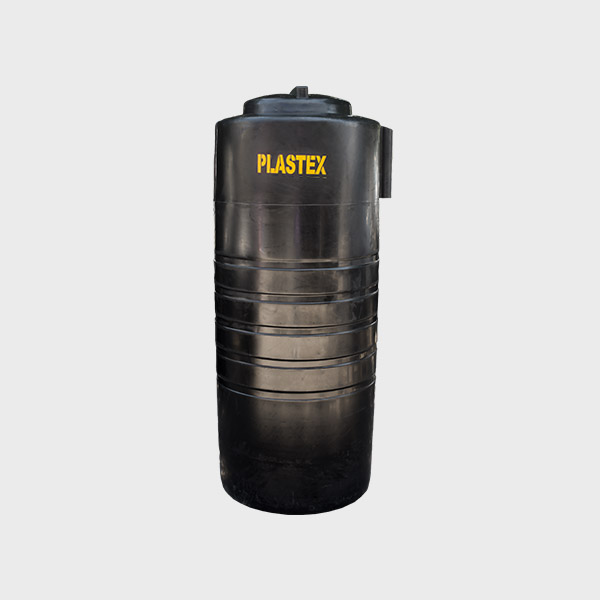- Rainwater harvesting is the process of collecting rainwater which falls onto a roof surface and storing it for later use.
- By harvesting and utilising rainwater in our homes, we reduce our demand for municipal water.
- Ordinarily, rainwater from a roof surface is channeled away by gutters and downpipes resulting in millions of litres of rainwater running to waste every rainfall.
- By simply diverting the gutter downpipe into a PLASTEX TANK, rainwater can be collected and stored to be utilised at a later stage
-
Rainwater is a natural pure, clean and sustainable source of water.
-
Free and cost-effective alternative to tap water.
-
By harvesting rainwater we lower demand for municipal water thus significantly reducing the monthly water bill. (One millimeter of rain on one square meter of roof, equals one liter of water).
-
Rainwater tanks also reduce the impact of storm water on drainage infrastructure, roads, urban streams and beaches, and have the potential to reduce the peaks of flood events.
-
Water saving reduces energy requirements and mitigates carbon footprint.
-
Ideal for domestic and agricultural applications.
-
Rainwater tanks make a home take a big leap towards being self-reliant and sustainable.
-
A solution to ensure water security for future generations.
-
Space-saving water tank design are available for urban use.
-
Tanks are designed to prevent UV damage sunlight and algae growth.




